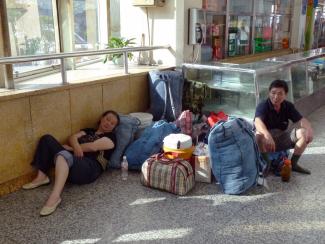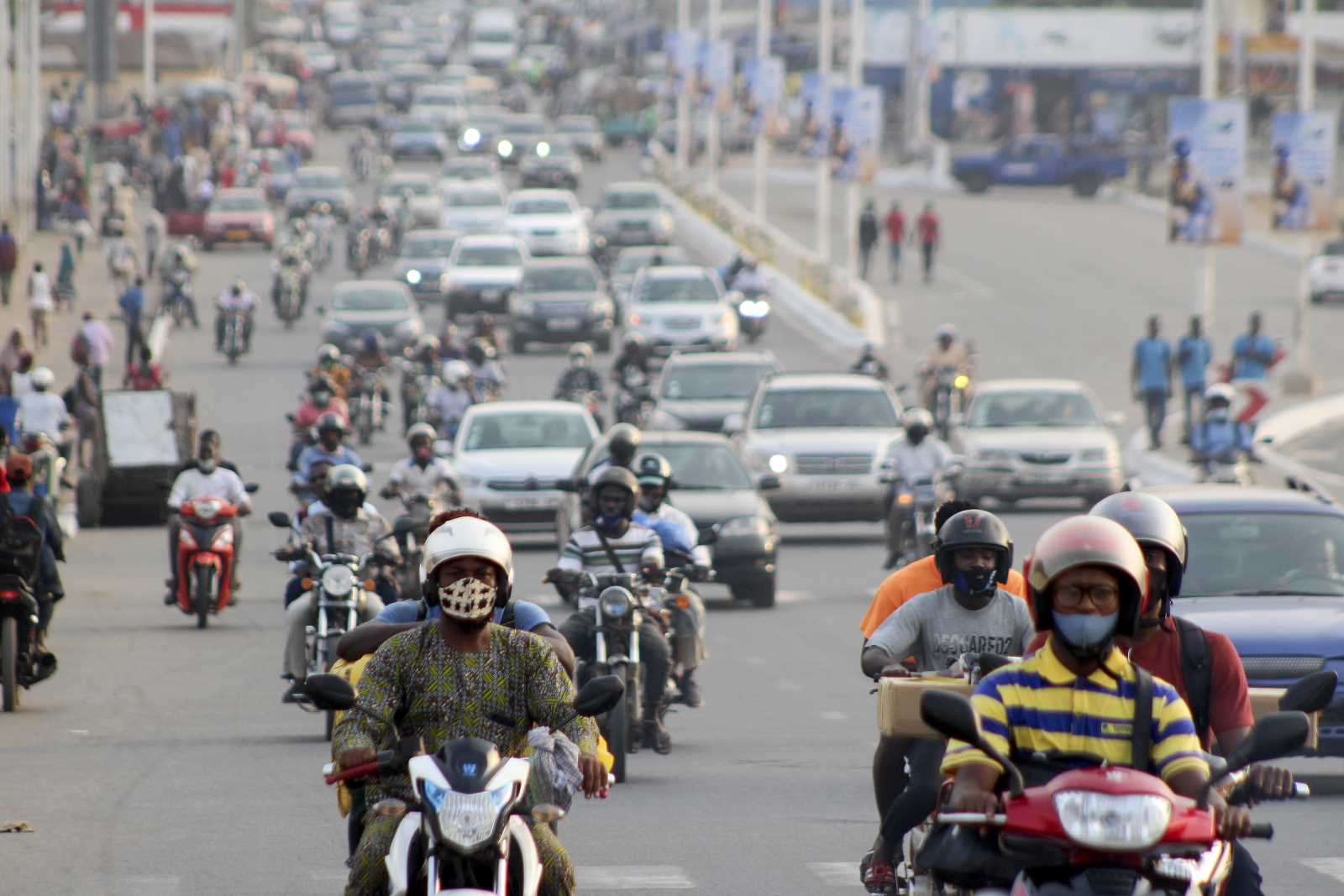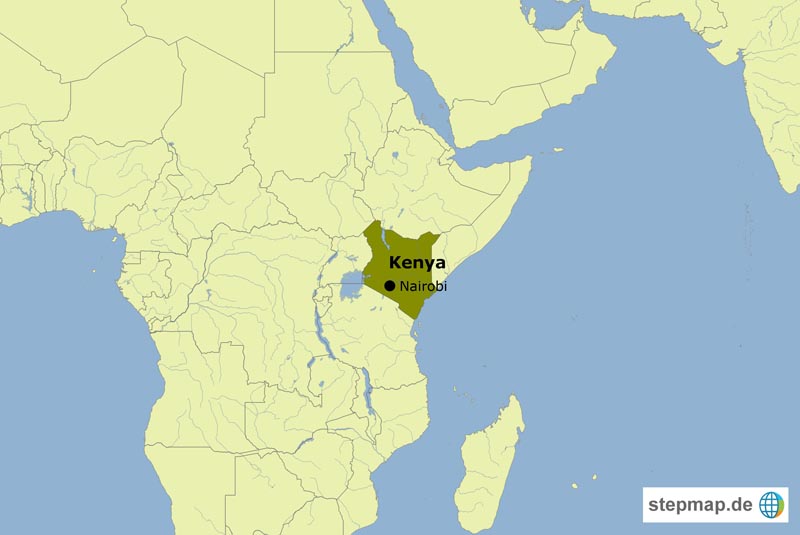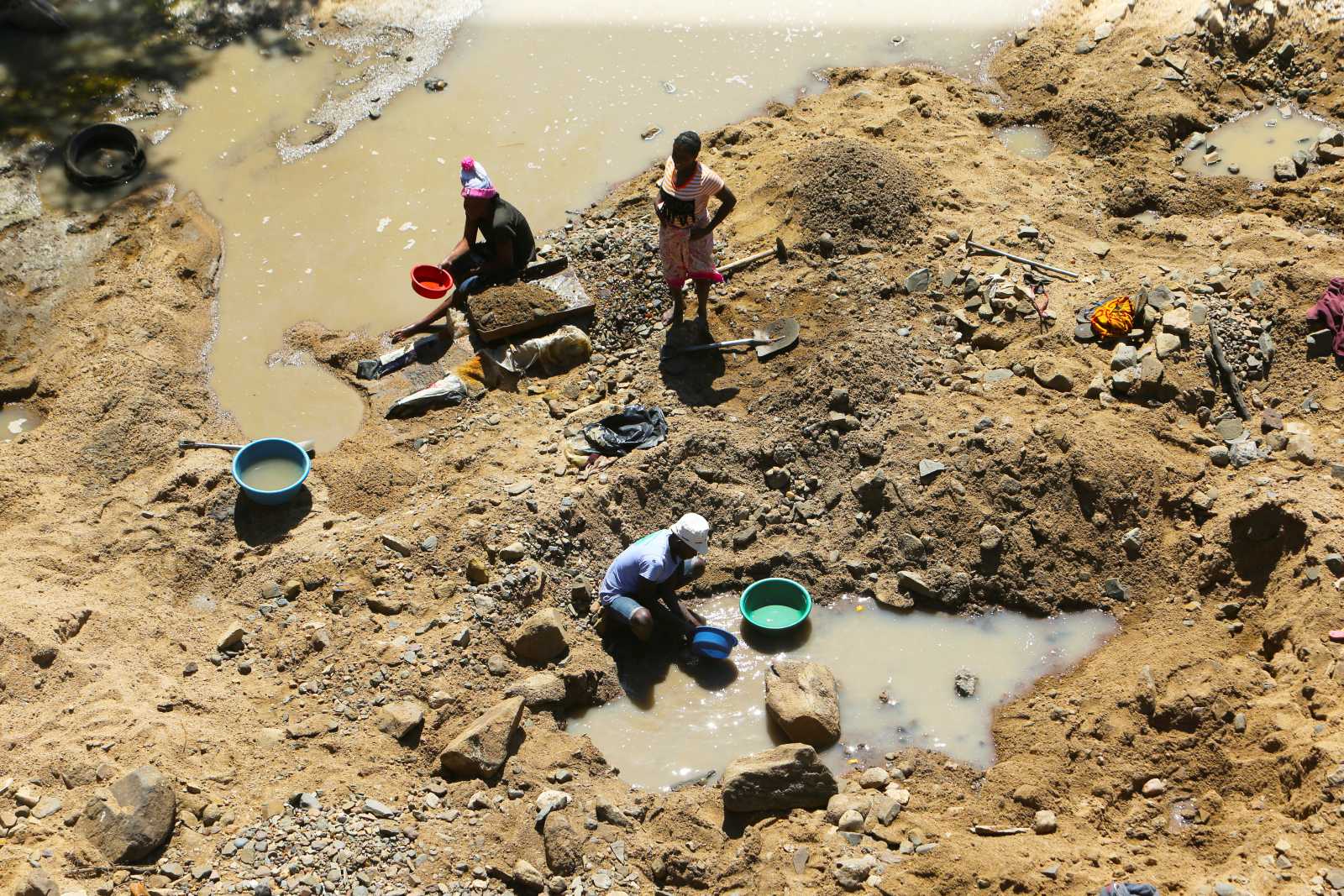Migration
Torn life
areas to the cities.

How migrant workers organise their family life, what they hope to achieve, and how they spend their income, has great impacts on the People’s Republic of China. Einhard Schmidt-Kallert of Dortmund University and Peter Franke, who works for the non-governmental organisation Forum Arbeitswelten, tackle these questions in a recently published study, assessing links and interactions between China’s industrial hubs and its rural areas. Over a period of several months, they carried out interviews with 78 migrant workers and their families. Most respondents had a long and diverse migration history. According to the authors, short working periods in several different cities and phases of living in their home villages are typical.
Schmidt-Kallert and Franke write that it often depends on relatives, neighbours and former school mates where migrant workers decide to look for jobs. Most of them are obviously interested in having familiar people nearby in their temporary hometowns. Industries they work in, include construction, services and manufacturing in China’s prospering coastal regions.
Migrant workers’ families are organised in a variety of settings, according to Schmidt-Kallert and Franke. The core question is who leaves home in search of work and who stays behind. Sometimes only the father leaves, and the rest of the family stays at home. Sometimes both parents leave, and leave children with the grandparents. Sometimes they take the children along, and the grandparents stay behind. The youngest generation of migrant workers is composed by young adults, the authors write. They move to the cities and hope to support their families.
The amount of money migrants send home depends on the family constellation, the authors point out. The transfers are done by post or the agricultural bank, two Chinese institutions that have offices in virtually every village. Schmidt-Kallert and Franke state that the monthly support for the families is hardly ever discontinued, but it does vary over time. The families spend the remittances on products of daily consumption, but also on fertiliser, seed and agricultural machines as well as school fees. According to the
authors, the transfers make up a large share of China’s rural purchasing power.
According to the study, young unmarried women send up to 80 % of their income home, whereas young men tend to transfer much less. The reason is that young men need to build a house before they can start a family.
Young migrant workers generally tend to keep an increasing share of their income to themselves and give less to their families. Future expectations matter in this context, according to the authors. Their interviewees did not express grand hopes, but they mentioned many plans and wishes. Most of them seem to want to return home. While the first generation of migrant workers (before 1995) still plans to move back home, the second generation (1996 until 2005) seems to see city life much favourably, with many of them aspiring to start small businesses. The youngest generation (from 2006 on) is more sceptical about urban life however. The authors explain this trend with experiences of isolation, pressure to perform, tough competition and a lack of community ties. On the other hand, especially young women told them that they wanted to maintain the independence they gained by moving to the city and making their own money.
In 2008, the Chinese government implemented a new health-care system. It is meant to guarantee universal access to health care. According to the study, however, this system does not fit the reality of migrants’ lives. The system is designed for people who live in their home regions, and those who do not, cannot take advantage of it from a great distance. Accordingly, migrants must return home for medical treatments – which is something many cannot afford. Christina Stobwasser













